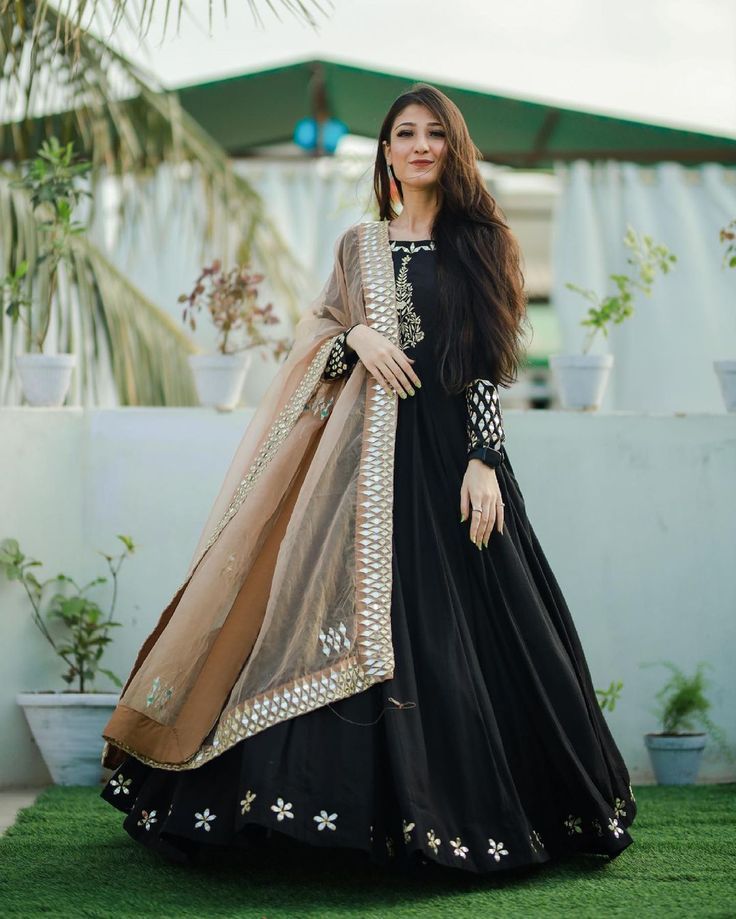
In the world of fashion, where innovation is the constant, dress designers stand as the architects of style, creativity, and individuality. A dress designer’s role goes beyond simply creating clothing; they craft statements, inspire self-expression, and, in many cases, influence culture. The path to becoming a successful dress designer requires not just an understanding of fabrics, patterns, and construction techniques but also an innate sense of artistry and an intimate connection to the broader forces shaping the world of fashion. From the moment a designer sketches their first idea to the final stitches of a masterpiece, the journey is one of passion, precision, and endless innovation.
The Beginnings of a Designer’s Craft
The foundation of any dress designer’s career lies in their ability to marry creativity with technical skill. A designer may start their journey with a formal education in fashion design, where they study everything from fabric manipulation and color theory to pattern making and garment construction. Yet, while education forms the cornerstone of their expertise, it is often a designer’s personal history, tastes, and vision that fuel their unique approach to dress design.
Many renowned designers begin their careers by working under established names in the industry, where they gain invaluable experience and develop an understanding of how to transform an abstract concept into a tangible piece of art. The process is painstaking—every stitch, every seam, every choice of material must serve a greater purpose. A dress is not merely clothing; it is a reflection of the designer’s values, their cultural influences, and, often, their mood or inspiration at the time.
For some, the inspiration for their designs may come from nature, history, or a particular moment in time. Others might look to art, music, or even the streets of major cities for the pulse of what’s next. Designers such as Christian Dior, Coco Chanel, and Alexander McQueen have famously turned to both their personal experiences and the world around them for inspiration, creating dresses that were revolutionary, timeless, and ever-influential.
The Role of Innovation in Dress Design
One of the most exciting aspects of dress design is its ability to innovate. Fashion is, by its very nature, cyclical, but great designers break away from tradition, pushing boundaries, and reinventing what a dress can be. This process requires a mix of imagination, technical expertise, and sometimes sheer boldness. For example, Dior’s “New Look” in 1947 introduced voluminous skirts and cinched waists, representing an elegant departure from the more utilitarian styles of the wartime era. Similarly, Yves Saint Laurent’s introduction of the women’s tuxedo in the 1960s defied traditional gender norms, making a groundbreaking statement about fashion and femininity.
In today’s design landscape, innovation is more important than ever. The modern dress designer must keep one eye on the past, but always push forward. Technology has radically altered the way dresses are conceived and constructed. With the help of 3D printing, smart fabrics, and digital pattern-making software, designers now have access to tools that were once inconceivable. Such innovations allow for greater precision, faster production times, and the ability to experiment with new forms and materials.
The role of sustainability in dress design is also gaining prominence. As the fashion industry faces increasing scrutiny for its environmental impact, many designers are embracing sustainable practices by using organic fabrics, repurposing materials, or adopting zero-waste production methods. These efforts not only make fashion more eco-friendly but also push the boundaries of creativity, requiring designers to find new ways to create beauty without compromising the planet.
The Dress Designer’s Craft: The Process of Creation
The journey of dress design is as much about process as it is about end result. The most iconic and striking dresses often go through numerous stages of refinement before they take their final form. The process begins with the seed of an idea—a mood, a concept, a color palette—and evolves into a tangible garment over several steps.
-
Concept and Sketching: Every dress designer begins with a vision, often translated through sketches. These initial drawings serve as the first communication between the designer and their team. They are rough drafts—sometimes nothing more than abstract ideas on paper—that will evolve into fully realized designs.
-
Fabric Selection: Once the sketches are finalized, the designer turns their attention to fabrics. The choice of material plays a pivotal role in how the dress will drape, move, and respond to the body. Whether it’s silk, satin, velvet, or even a more unconventional textile, each material has its own personality, and it’s up to the designer to choose one that fits the vision.
-
Pattern Making and Prototyping: The next stage involves creating patterns that serve as the blueprint for the garment. Designers typically work with pattern makers, who transform their sketches into actual patterns that will be used to cut the fabric. This step often includes the creation of prototypes, or “muslins,” which allow the designer to see how the fabric behaves and make any necessary adjustments to the design.
-
Construction: Once everything is in place, the dress begins to take shape. Here, construction involves careful attention to detail. Seams must be perfectly aligned, zippers and closures must be discreet yet functional, and every element must come together harmoniously. This is where the technical prowess of the designer and their team is put to the test.
-
Final Adjustments and Fittings: After the initial construction, the dress is often fit on a model to assess how it moves and conforms to the body. This stage allows the designer to make necessary adjustments to ensure the dress fits perfectly and achieves the desired effect.
-
Presentation: The final step is the grand reveal. Whether through a fashion show, photoshoot, or private viewing, the designer presents their creation to the world. This moment is often the culmination of months, if not years, of hard work and vision. It is here that the designer’s dreams are laid bare, awaiting interpretation by the public, critics, and clients.
The Designer’s Influence on Fashion Culture
Dress designers do more than create beautiful garments; they influence the very fabric of culture. In many ways, they shape the identities of generations, representing ideals of beauty, power, and femininity (or masculinity) at any given moment. For instance, the iconic little black dress, made famous by Coco Chanel, became a symbol of elegance and sophistication that transcended fashion trends. Similarly, the bold, body-hugging silhouettes of the 1980s, popularized by designers like Jean-Paul Gaultier, made a statement about confidence, strength, and individuality.
Fashion is a language, and designers are its most eloquent speakers. Through their creations, they articulate cultural shifts, challenge societal norms, and even spark political movements. In a world that increasingly values individuality, the role of the dress designer remains vital—a profession where art, craftsmanship, and personal expression converge to create works that speak not just to the wearer, but to the world.
Conclusion
In the end, dress design is about more than just fabric and thread. It is about storytelling, innovation, and the delicate balance between beauty and functionality. Designers are not just making clothes; they are weaving culture, history, and emotion into every stitch. The world of dress design is ever-evolving, with designers continuously pushing boundaries to shape the future of fashion. Yet, through all the change and innovation, one thing remains constant: the timeless power of a well-crafted dress to capture the imagination and speak to the soul.



